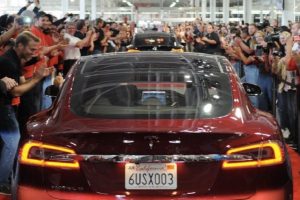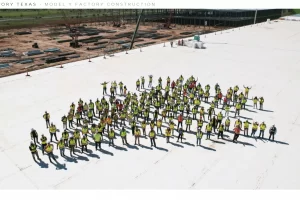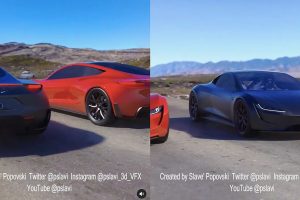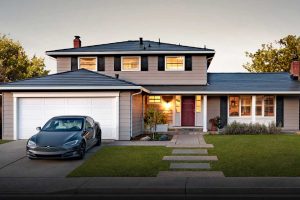Tesla’s long-term Robotaxi plans include autonomous driving at Level 5 and it definitely sounds like things are progressing very well along. CEO Elon Musk recently commented about the progress of Full Self-Driving on Twitter and some of Tesla’s recently published patent applications have revealed even more details of the machine learning that goes into an Autopilot overhaul. Tesla’s self-driving competitors, however, have yet another approach to autonomy in mind, involving major infrastructure change.
The State of Michigan recently announced plans to create a public-private partnership project to create transport lanes dedicated to self-driving vehicles. Research will be undertaken over the next 24 months to explore the potential and feasibility of building this sort of 40-mile corridor between Downtown Detroit and Ann Arbor. The organization chosen to lead the initiative is Cavnue, a subsidiary of Google’s parent organization, Alphabet, which is owned by Sidewalk Investment Partners.
Cavnue’s plans include a digital roadway model which analyzes real-time road conditions, shares knowledge, and provides proactive guidance to autonomous vehicles and their (optional) drivers. This is achieved by using layers of technologies such as sensors, specialized road markings, signage and signal hubs to transmit information to vehicles, based on their published promo materials. In turn, rather than relying on onboard self-driving software for a vehicle to observe, anticipate, and adapt to its environment, this connected infrastructure is expected to provide the data instead – or supplement it significantly anyhow. This will also allow the connected cars to speak to each other, so synchronized responses such as simultaneous acceleration, slowing, etc. are possible based on environmental conditions from the wider network infrastructure.
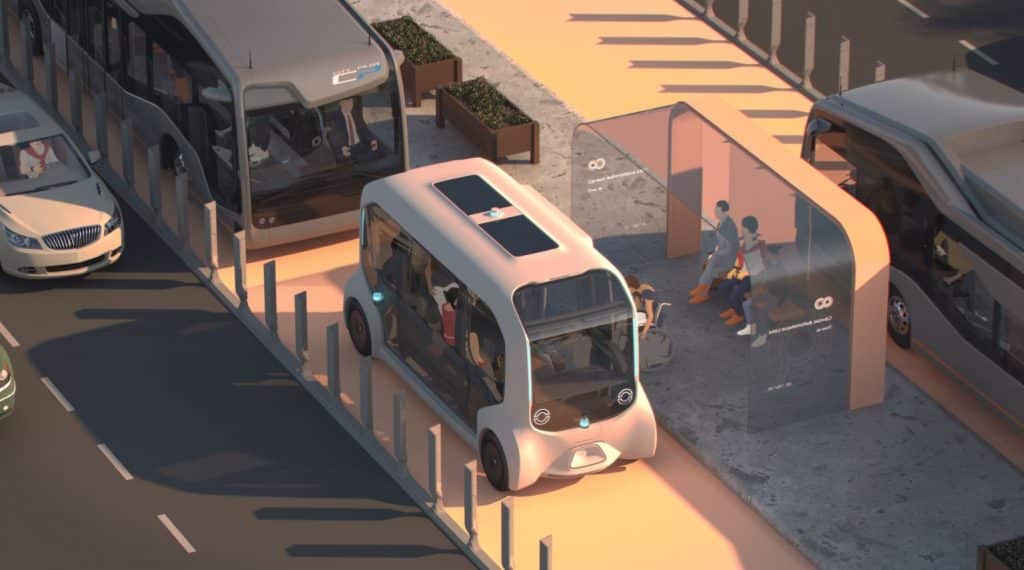
Cavnue will draw on an advisory committee with representatives from Ford, GM, Argo AI, Arrival, BMW, Honda, Toyota, TuSimple and Waymo (also a subsidiary of Alphabet) as part of their role in Michigan.
Tesla and Rivian are notably absent from the advisory mentions of the project, which is not surprising given their competitor status through the connection between Alphabet and Waymo. But if the lanes include both long hauler transportation and consumer cars, e.g. the Tesla Semi and Models S, 3, X , Y, etc, then it must be presumed that the missing companies will eventually get on board with the overall connectivity envisioned.
Will initiatives like this have a detrimental impact on the prospects of Level 5 autonomy? Would this drive companies like Tesla and Rivian into a level of self driving controlled by, say, Waymo? Cavnue’s proposal says that if enforced, its requirements would be “open” and “OEM-neutral,” so it could be a matter of software installation choice for owners residing in areas with those dedicated lanes. However, the ability of a competitor’s software to monitor their cars could be a little too big a challenge. Or would it?
Tesla is always under an atomic microscope if something goes wrong and Autopilot is involved (or isn’t). What happens when Autopilot takes up a back seat to the self-driving tech of another manufacturer that a local authority has adopted? Will that build a mess of code for investigators to sort through? How will they treat the liability? What if two updates didn’t play well together – something that’s really common after OS updates in phone and computer applications?
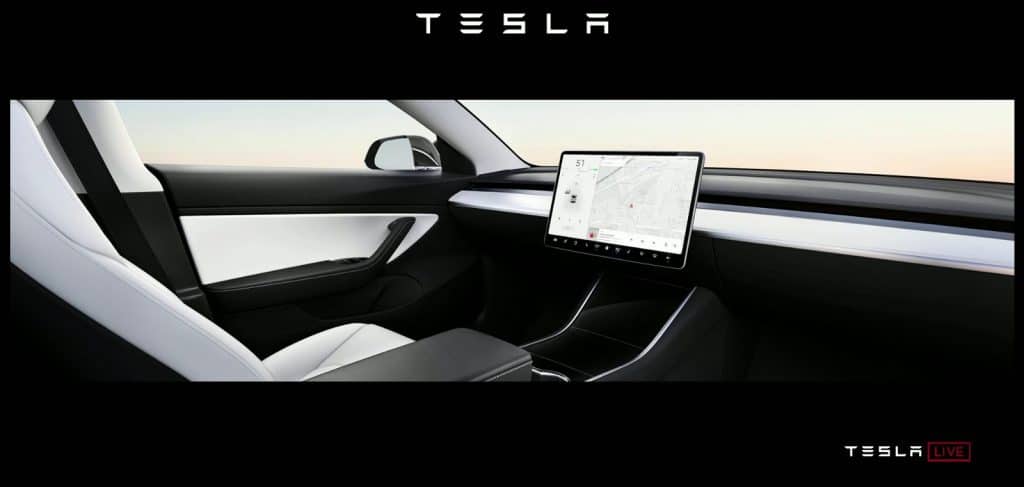
“The vision for the corridor is intended to create lanes that are purpose built to accelerate and enhance the full potential of CAVs [connected autonomous vehicles] and move people,” stated the official announcement from Michigan. It is inevitable to involve governments even more in the self-driving push, and already presents one of the greatest obstacles to its adoption. It is evident from the initiative of the Great Lakes State that this intervention is also intended to be beneficial – first by isolating the autonomous vehicles, then by complementing their capabilities, and finally by monitoring their movements for the sake of safety.
Cars talking to each other is of course not a new or unexpected idea. Also, centralizing the knowledge being exchanged, as suggested in the framework of Cavnue, does not seem to necessarily enforce or impede anything. Yet another matter is a legal authority that adopts a self-driving standard. This issue presupposes that the authority in question makes it a mandatory requirement because millions, maybe billions, will be invested in such dedicated roadways. What good would they have if, say, the majority of the autonomous vehicles that used them were Teslas that did not bother with the Waymo-developed system?
Then there’s the question of handicap. Once a system is in place to centralize all the environment information self-driving vehicles are supposed to respond to, will it make it more difficult for companies like Tesla to gain local regulatory approval to use their software? Will it disincentivize other companies from improving their software since there’s a centralized program available (or mandatory)? Level 5 autonomy is no easy feat, nor is it cheap to develop. Car maker’s invest in it expecting a return – like in the case of Tesla’s Robotaxi plan.
For the future of self-driving vehicles, Cavnue paints a really safe and beautiful picture: less congestion, faster movement at closer distances, more capacity in the same space, reduction or elimination of choke points, etc. But it also seems to require a great deal of cooperation from those who are not necessarily gaining from that cooperation.
Hopefully none can put a great deal of damper on current progress towards level 5 autonomous driving. And if they do, The Boring Company may have a few big projects under its belt and will be ready to give better answers.
You can watch the promotional concept video for Cavnue here.
Reported by Teslarati.
Want to buy a Tesla Model 3, Model Y, Model S, or Model X? Feel free to use my referral code to get some free Supercharging miles with your purchase: http://ts.la/guanyu3423
You can also get a $100 discount on Tesla Solar with that code. No pressure.


